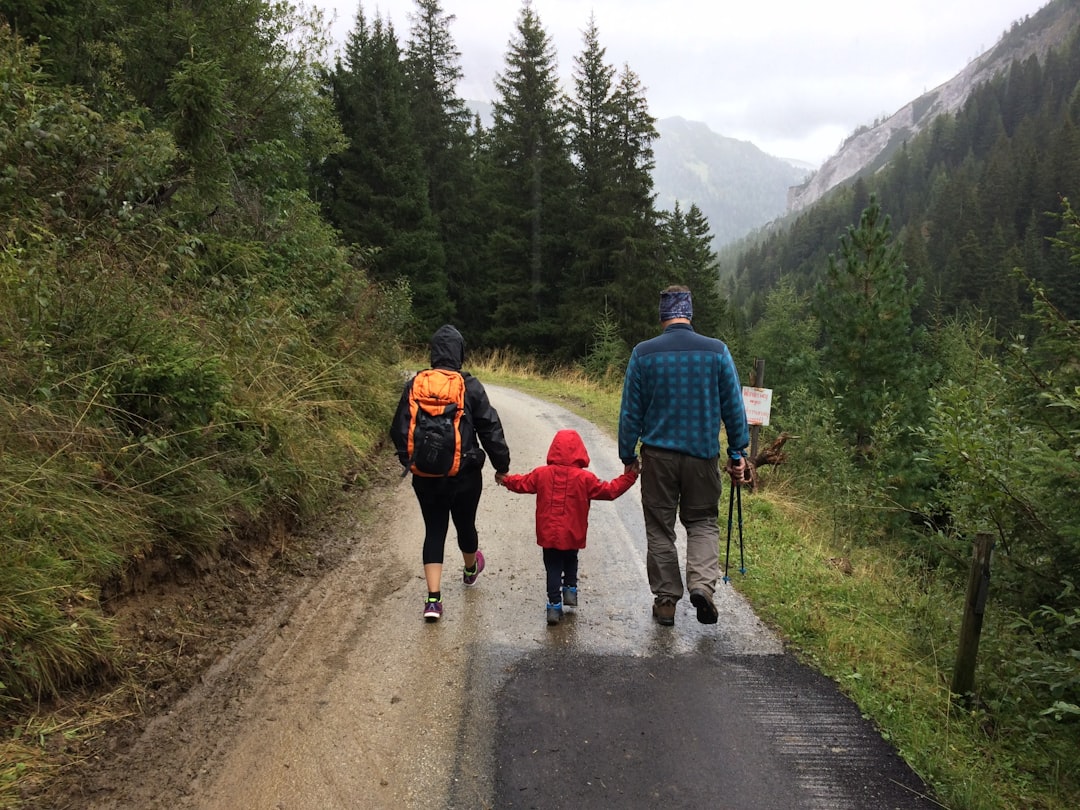What is it about?
Language is often used in place of the listener having to directly experience what the language describes. But how faithfully do we reproduce something akin to actual experience when we hear or read a sentence? We found that the sentence “Sara will inflate a balloon” evokes a mental image of not only an inflated balloon, but also an uninflated balloon. Why? Because if one were to see someone inflate a balloon, one would first see the balloon uninflated and then, later, inflated. “Sara will choose a balloon” also evokes an inflated balloon (that’s typically how we think of balloons), and to a lesser extent, an uninflated balloon (she might choose it prior to inflating it). But “Sara will choose an inflated balloon” barely evokes any image of an uninflated balloon; seeing someone choose an inflated balloon probably does not include seeing it uninflated. Our reproductions are therefore quite faithful to the experiences they reflect.
Featured Image

Photo by Sven Brandsma on Unsplash
Why is it important?
When we see something happen, something changes (the balloon inflates, for example). But to understand the event requires that while seeing the result of the change, we also know how things were before the change (the balloon was uninflated). The same seems to be true of how we understand language; we have to keep in mind both how things were and how they have become, even if the language does not explicitly describe how those things were. But the grammatical conventions of the language can modify that – “inflate the balloon” and “the inflated balloon” are grammatically distinct but also distinct in respect of whether they evoke the earlier state of the world (in which the balloon is uninflated). Theories of grammar thus need to make contact with theories of how we experience the world.
Perspectives
I really enjoy the work that went into this article because it brings together two exciting fields of research: language and semantic memory (our knowledge about the world). The article positions language as a proxy for events, emphasizing its remarkable power and almost telepathic ability to convey meaning.
Yanina Prystauka
University of Agder
Read the Original
This page is a summary of: Investigating the interplay between morphosyntax and event
comprehension from the perspective of intersecting object
histories., Journal of Experimental Psychology Learning Memory and Cognition, December 2023, American Psychological Association (APA),
DOI: 10.1037/xlm0001307.
You can read the full text:
Contributors
The following have contributed to this page










